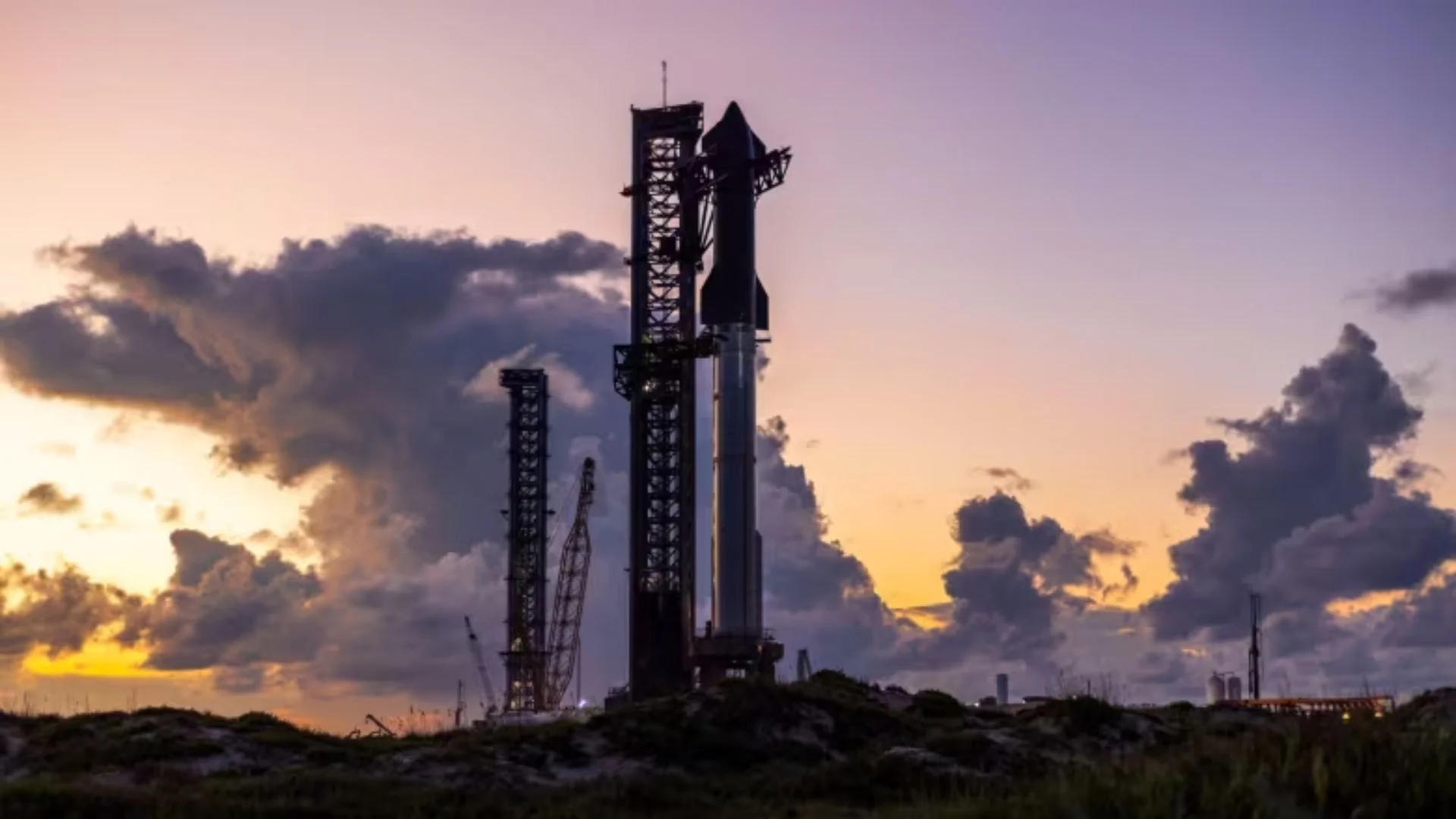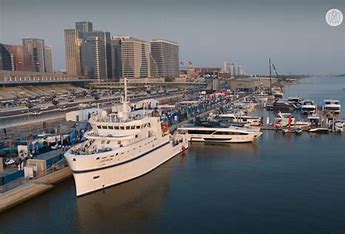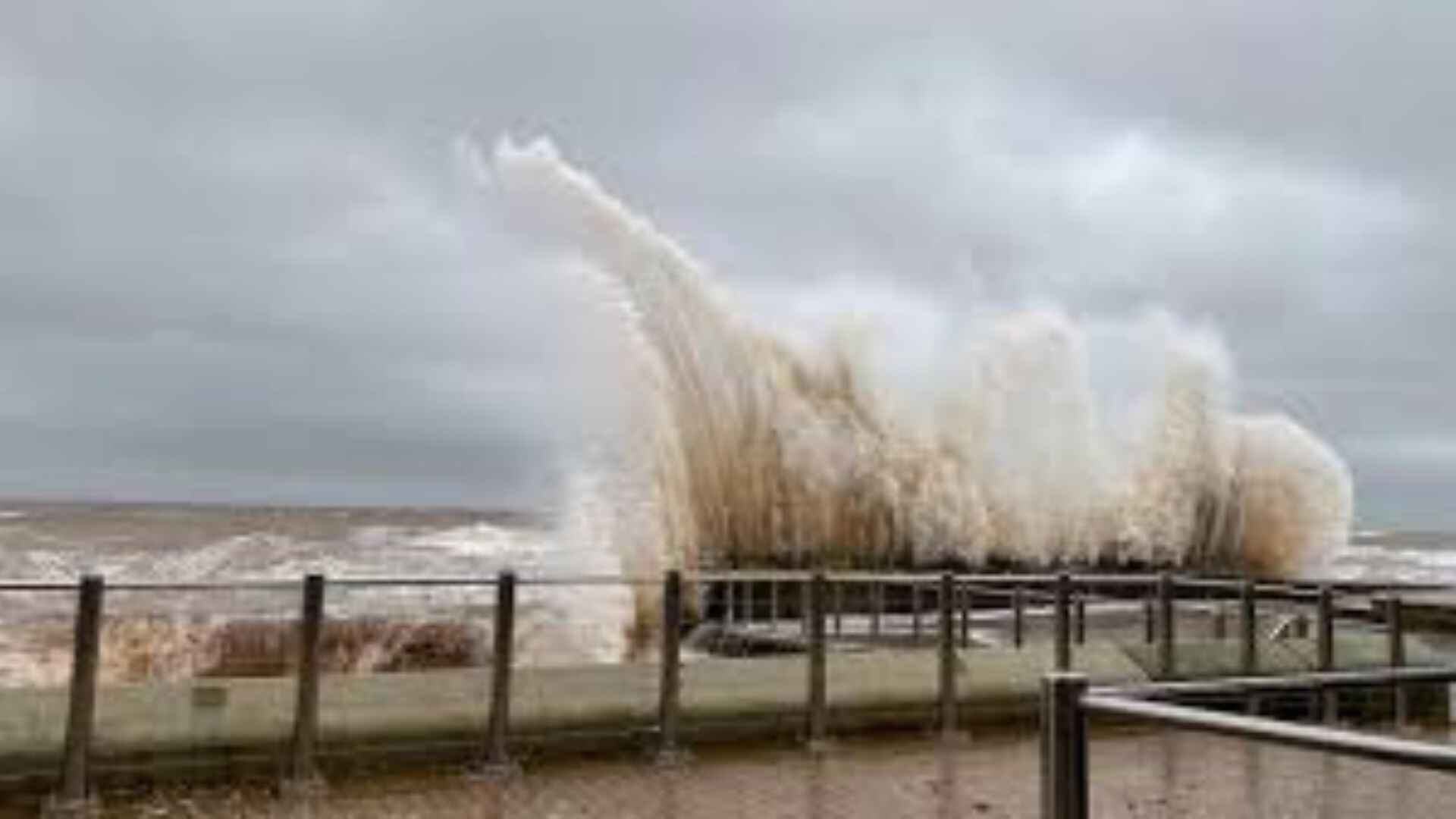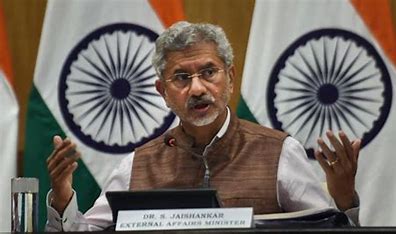
SpaceX is preparing for the fifth test flight of its Starship, marking a significant milestone in Elon Musk’s vision to create the most powerful operational rocket system ever. This launch is noteworthy for SpaceX’s ambition to catch the Super Heavy booster, located at the bottom of the two-stage rocket, as it returns to the launchpad in Texas.
Successfully landing the booster would enhance its reusability, significantly cutting costs for future space missions. However, uncertainty surrounded the launch date, pending approval from US authorities. Last month, SpaceX publicly criticized the US government for delaying its paperwork review, which they claim jeopardizes “America’s position as the leader in space.”
The pace of development at SpaceX has been impressive, with five flights conducted in just 18 months. The first two launches ended prematurely, with the rocket exploding shortly after takeoff. Yet, SpaceX views these failures as part of their developmental strategy to gather data and improve their systems quickly, outpacing competitors.
Since the previous flight in June, SpaceX engineers have devoted 12,000 hours to enhancing Starship’s heat shield to withstand the intense conditions during re-entry. The last flight saw some protective tiles damaged as the rocket encountered super-heated gas upon re-entry.
This time, SpaceX aims to launch the 121-meter (397-foot) Starship system while intending for the Super Heavy booster to return to the Boca Chica launch site, where it will be caught by two giant robotic arms, known as the “chopsticks.” The launch sequence will follow the same pattern as earlier flights, with the ship and booster separating two minutes and 45 seconds post-launch.
Once the booster ignites its engines to slow down, sonic booms are expected to resonate throughout the area. The world’s tallest rocket tower, standing at 146 meters (480 feet), will be prepared to catch the booster and position it for future flights. If the Flight Director deems the catch unfeasible, the booster will instead land in the Indian Ocean, a decision that must be made shortly after liftoff.















